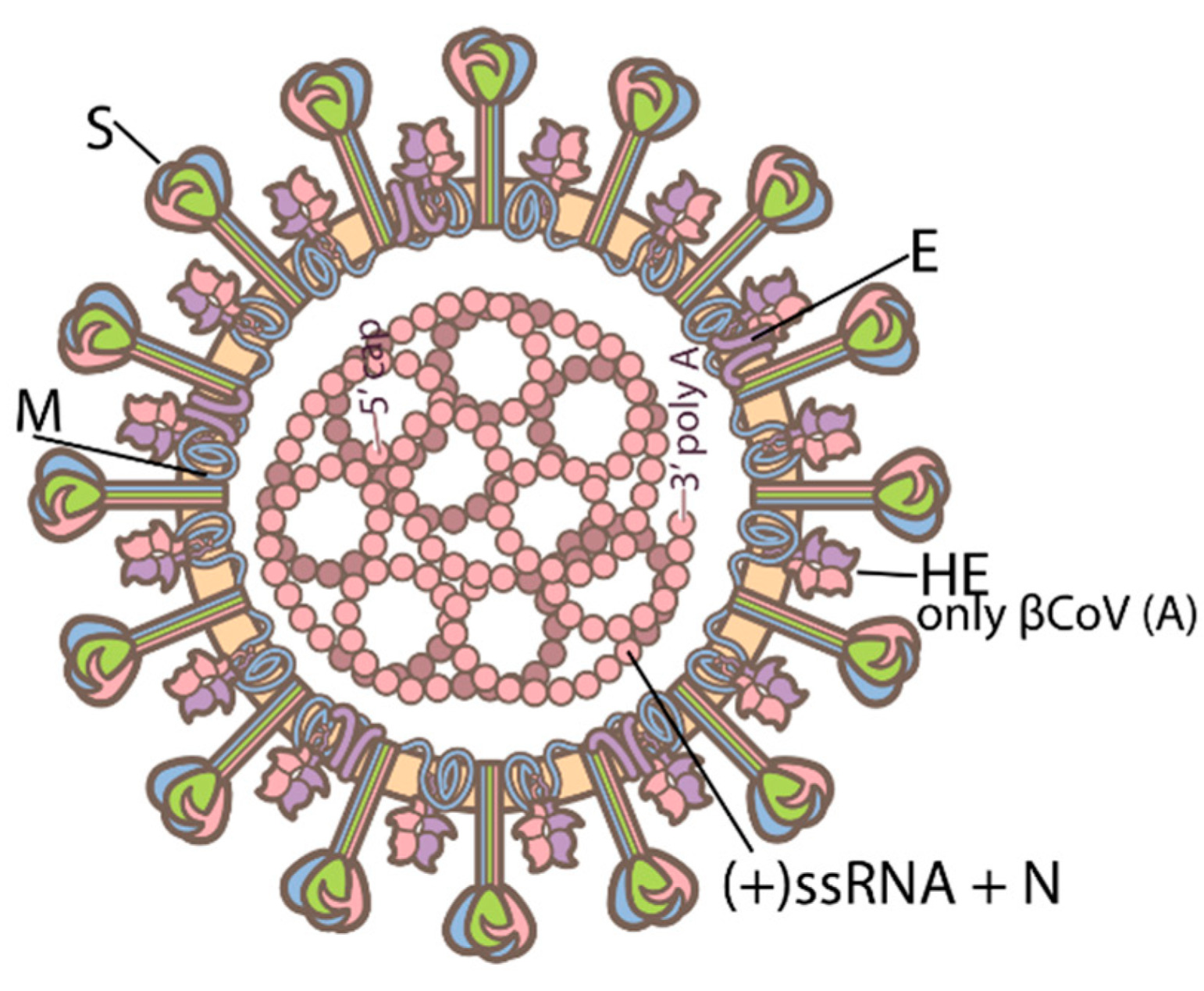Playlist
Show Playlist
Hide Playlist
COVID-19: Case Fatality Rate (CFR) & Infection Fatality Rate (IFR)
-
Slides Coronavirus Case Fatality Rate CFR Infection Fatality Rate IFR.pdf
-
Download Lecture Overview
00:07 Another number, which you you'll hear, another estimate I should say, is the “Case fatality rate,” which actually should be, “Case fatality ratio.” This this estimates the mortality ratio, among documented cases and it's calculated by taking the number of deaths, divided by the number of documented cases. 00:28 As noted, we should not really consider that a rate, but unfortunately, rate, is the usage or the term, which most individuals in the social and common media and literature have used and so, you'll hear us use rate. 00:41 Ratio of course, is the more accurate statistical number. 00:46 This number the “CFR” is not a constant and it's also a very poor measure, during an epidemic. 00:53 You could pause this this session right now, just think about reasons for that. 00:57 But of course, what you're coming to come up with, is that, the CFR will typically overestimate the true death rate, why is that? Because our denominator the total number of cases, is imperfect, we don't know the number of asymptomatic cases, we don't know the number of true cases that were not tested and not confirmed and so our “n” our denominator, is likely far larger than what we are using to calculate the CFR and again, as we say here most death by infection are also noted going to be noted because they may not be diagnosed or they may be attributed to something else or they may be wrongly attributed to infection with SARS-Coronavirus II, causing COVID-19. 01:45 The crude mortality rate is a measure of the proportion of the entire population that die from a particular disease. 01:51 This is very different from the case fatality rate, which only factors disease individuals into the equation and discounts the healthy population. 02:00 So again, perhaps a more accurate estimate of the mortality rate, is the infection fatality rate the “IFR.” And this is the number of deaths due to infections, divided by the total number of infected people. 02:15 So, inserting here, is going to be a better attempt, to confirm that deaths and infections are specifically due, to the disease of interest, in this case COVID-19. 02:26 So, the IFR, should be a better measurement, it will almost always be lower than the CFR, just due to the imperfections in calculating the CFR. 02:38 The IFR, will include both documented and undocumented or asymptomatic cases and it's going to be typically estimated at the end of a pandemic. 02:51 Although of course estimates will occur throughout the epidemic, but it is largely looking in retrospect, that one can accurately calculate the IFR. 03:00 Why is it more accurate? Because it requires documentation of the infection, typically, through antibody studies, the IFR is going to vary with the distribution of other factors, comorbidities, so age, health issues, pre-existing health issues, other qualities of the infected individuals, as well as qualities of the medical care they receive or have access to. 03:25 Looking at this slide, we can see the dramatic improvement in COVID-19 fatality rates since the early pandemic. The global CFR has decreased from approximately 1.2% to 0.7%, while the IFR has declined even more significantly from less than 0.5% to approximately 0.08%. These reductions reflect several key developments since the start of the pandemic. 03:51 First, the evolution of SARS-CoV-2 variants toward less virulent forms. 03:56 Second, widespread vaccination campaigns creating population immunity. Third, improved treatment protocols and antiviral medications. And fourth, better healthcare system preparedness and resource allocation. Perhaps most striking is the age stratification data from the USA, which shows an extraordinary difference between age groups. While adults 75-plus years still face an IFR of approximately 0.7%, (...) children aged 3 to 17 years have an extremely low IFR of approximately 0.000015%. 04:32 This represents a nearly 50,000-fold difference in risk between these populations. This updated information has significant implications for public health policy and individual risk assessment, allowing for more targeted protective measures for vulnerable populations while continuing the return to normalcy for lower risk groups. 04:50 Neither the CFR nor the IFR can account for the full burden of COVID 19 because they don't include mortality, which is indirectly caused by the pandemic. 05:00 An example of this would be delayed care for other medical conditions Perhaps the health system itself is overburdened, certainly, we're seeing this in many parts of the world, were, the sheer vast numbers of COVID-19 patients, has overwhelmed the medical setting, clinics, hospitals, emergency departments and there is insufficient medication, or healthcare personnel, ventilators, IV fluids and thus, those who do make it into the healthcare system, encounter an overburden system, which has a very decreased quality of care. 05:35 Social determinants of health, this is a very difficult and yet a very important factor which will impact on both CFR and IFR. 05:43 So those individuals who lost their jobs because of all the social closures. 05:48 Decreased social interactions, causing perhaps mental health variabilities, maintenance of education, maintenance and mental health et cetera. 05:58 All these have the ability to intervene or impact on the CFR or the IFR. 06:04 This slide demonstrates the remarkable progress in reducing COVID-19 mortality over five years. 06:12 The data shows an 80 to 85 percent reduction in case fatality rates across all risk categories. In 2020, patients with cardiovascular disease faced a 10.5 percent fatality rate. By 2025, this dropped to just 2.1 percent. Similar dramatic improvements are seen across all comorbidities, diabetes from 7.3 to 1.5 percent, respiratory disease from 6.3 to 1.3 percent, hypertension 6 to 1.2 percent, and cancer 5.6 to 1.1 percent. 06:47 Even those with no pre-existing conditions saw their risk fall from 0.9 to 0.08 percent. 06:54 This dramatic reduction in mortality reflects several key developments. First, vaccination campaigns that began in December 2020. Second, improved clinical management protocols. 07:07 Third, the development of effective antiviral medications. Fourth, population immunity from prior infection. And fifth, viral evolution toward less virulent variants. This transformation represents one of modern medicine's greatest success stories, converting COVID-19 from a devastating novel pathogen to a manageable respiratory illness through scientific advancement and public health measures. 07:31 This CDC graph provides a visual chronicle of COVID-19's mortality impact in the United States across five years. The pattern reveals four distinct waves of high mortality, followed by a dramatic decline. The initial spring 2020 wave reached approximately 15,000 weekly deaths, followed by the catastrophic winter surge of 2020 to 2021, when weekly deaths peaked at about 26,000, the pandemic's deadliest period. A third major surge in late 2021 approached 21,000 weekly deaths. 08:07 What's most significant is the dramatic decline after 2022. Each subsequent seasonal increase became progressively smaller until by 2024 to 2025, weekly death counts had stabilized at levels roughly 95 percent lower than peak pandemic levels, consistent with the case fatality reductions shown in previous data. 08:29 The visualization clearly illustrates the transition from emergency to endemic phase, with the final waves showing a seasonal pattern but at dramatically reduced intensity. This graph complements the earlier fatality rate data by showing how vaccinations, improvements in treatment, and viral evolution to less virulent variants translated into real-world mortality outcomes at the population level. 09:09 And finally, with each new virus variant, the symptom profile immunogenicity and treatment resistance of the virus can all evolve to result in worsening outcomes.
About the Lecture
The lecture COVID-19: Case Fatality Rate (CFR) & Infection Fatality Rate (IFR) by Sean Elliott, MD is from the course Coronavirus.
Included Quiz Questions
What is TRUE regarding the case fatality rate/ratio (CFR) in a pandemic?
- It overestimates the death rate since the number of documented infectious cases is smaller than the number of true infectious cases.
- It is calculated by the number of documented cases divided by the number of deaths.
- It is lower than the infection fatality rate (IFR).
- It includes both documented and asymptomatic cases.
- It is more accurate than the infection fatality rate (IFR).
What comorbid medical condition increases the fatality rate the most in patients with COVID-19?
- Cardiovascular disease
- Cancer/immunosuppression
- Diabetes
- Chronic respiratory diseases such as COPD
- Hypertension
What is TRUE regarding the infection fatality rate (IFR)?
- It is a more accurate measurement than the CFR.
- It only includes documented cases.
- It overestimates the true death rate.
- It is a constant with regard to age distribution, comorbidities, and access to medical care among individuals.
- It is always higher than the case fatality rate.
Customer reviews
5,0 of 5 stars
| 5 Stars |
|
5 |
| 4 Stars |
|
0 |
| 3 Stars |
|
0 |
| 2 Stars |
|
0 |
| 1 Star |
|
0 |




